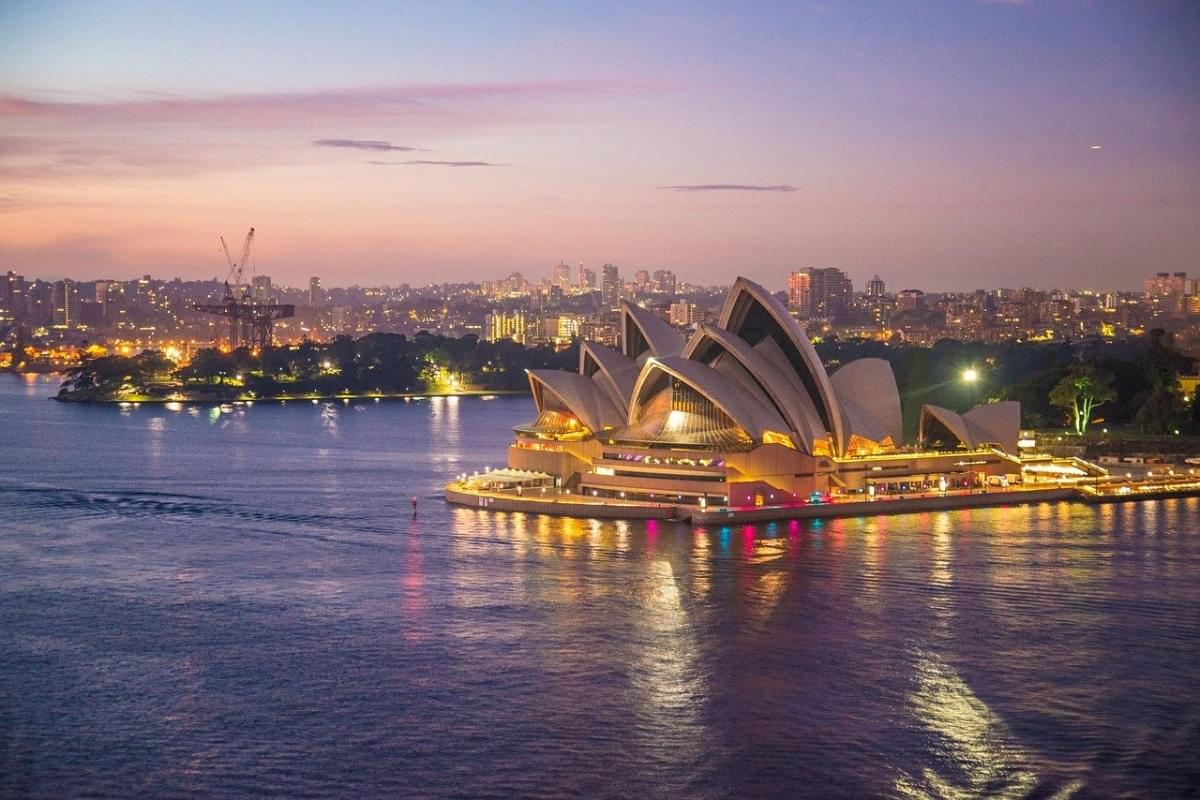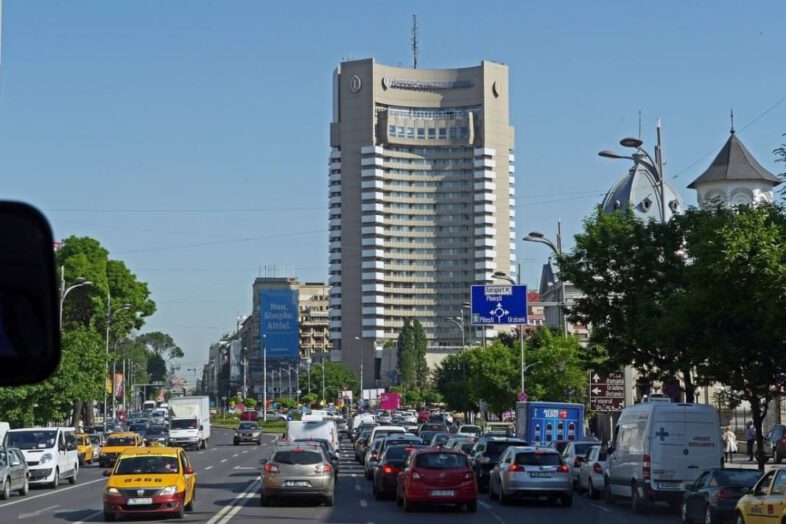
Ranking of the most polluted countries in Europe in 2021
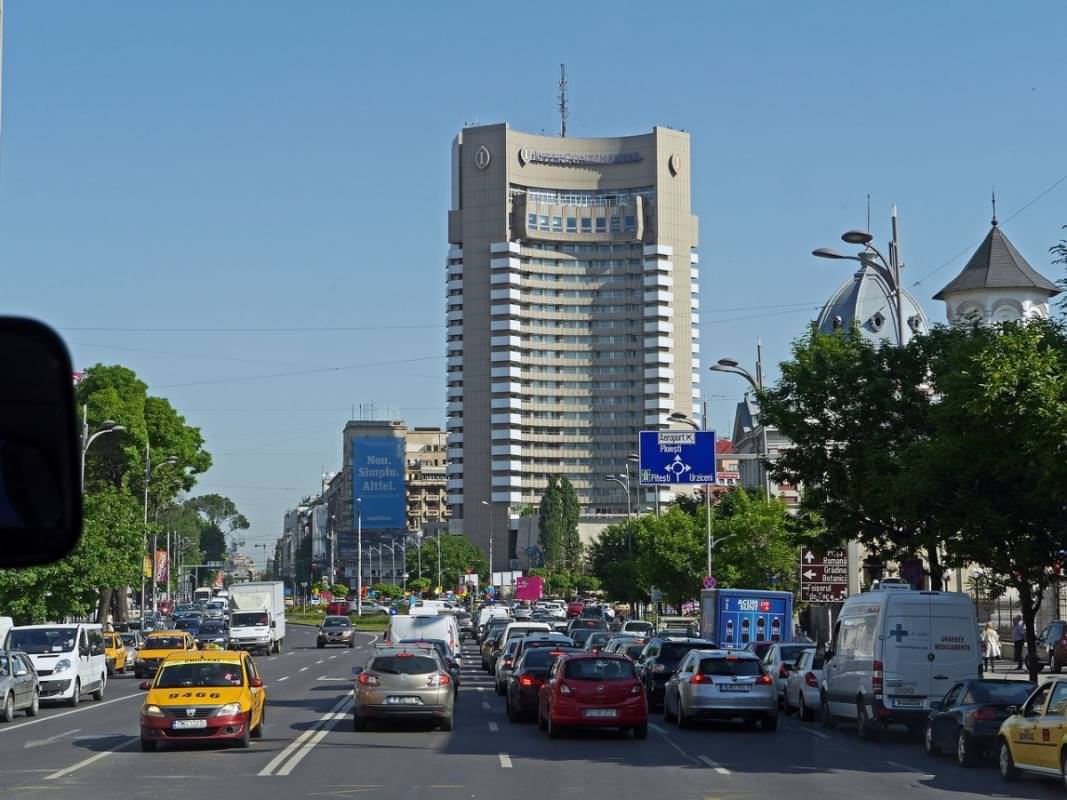 In Europe, many cities exceed the limits imposed by the standards in relation to air quality identified by the World Health Organization (WHO); although in recent decades there has been a decrease in the rate of pollutants, there is still a long way to go to improve the environmental conditions in which we live.
In Europe, many cities exceed the limits imposed by the standards in relation to air quality identified by the World Health Organization (WHO); although in recent decades there has been a decrease in the rate of pollutants, there is still a long way to go to improve the environmental conditions in which we live.
The main objectives of each country should be the reduction of carbon dioxide emissions and a reduction in the use of plastics, through appropriate political choices to raise awareness among citizens to the environmental issue and encouraging companies to use renewable energy.
Here is the ranking of the 10 most polluted countries in Europe in 2021, with the relative pollution index.
NB: The following ranking is based on the data collected by the well-known international site Numbeo, regarding the level of pollution (Pollution Index). This index mainly takes into consideration the air and water pollution indices, to a lesser extent other pollution indices (urban cleaning, noise pollution, public parks, …). Relevant data from the World Health Organization are included.
10 – Romania, 58.42
 The level of air pollution is quite high. In particular, there is a high rate of particulate matter, that is all those toxic substances emitted by industries and vehicles. The quality and accessibility of drinking water is the least worrying figure, the pollution index is only 38.00.
The level of air pollution is quite high. In particular, there is a high rate of particulate matter, that is all those toxic substances emitted by industries and vehicles. The quality and accessibility of drinking water is the least worrying figure, the pollution index is only 38.00.
The situation is not good for parks and green areas, which need more care and protection. In particular, the capital Bucharest is the most polluted city, with an air pollution index equal to 76.54.
9 – Serbia, 60.32
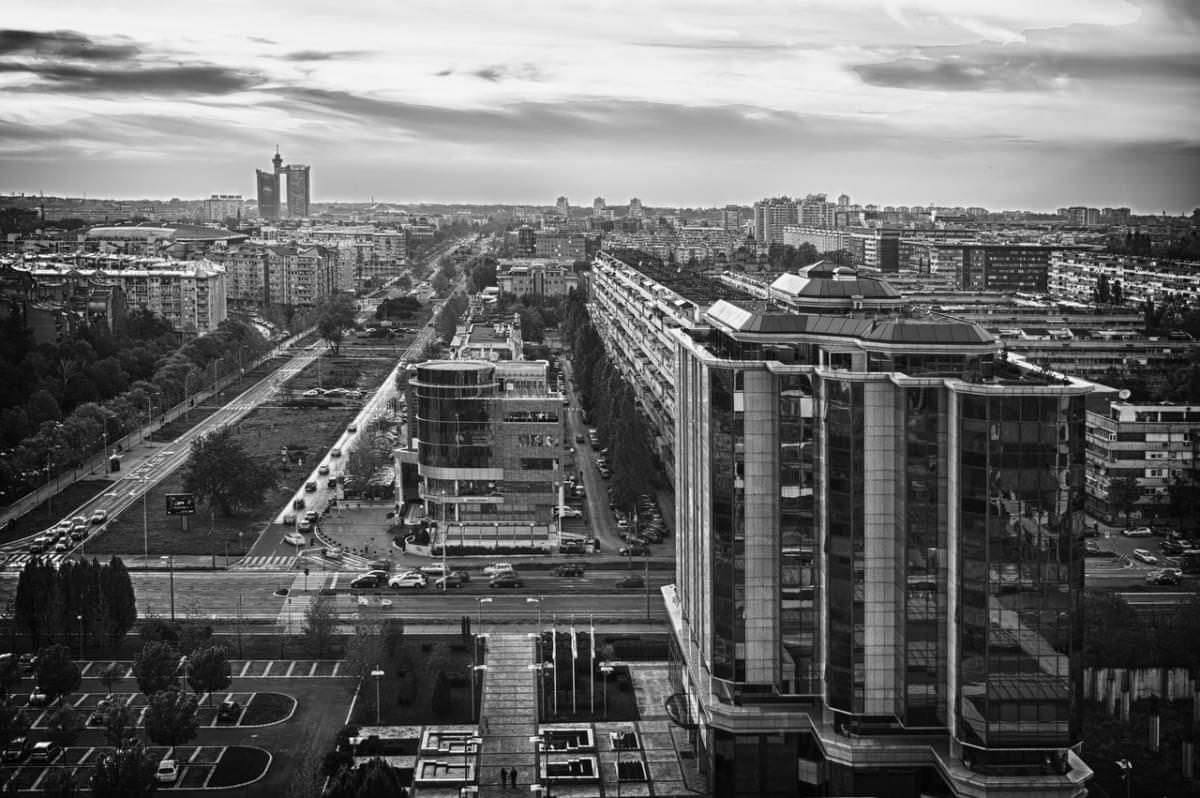 Excluding the data on the quality and accessibility of drinking water, all the other parameters report worrying data. L’light and air pollution they reach levels that should push for a sudden moderation, and an alarming figure stands out for what concerns the satisfaction with the cleanliness and order of the cities: only 38.59. TO Belgrade, the capital, the air pollution index is 63.21 ed is one of the European cities most shrouded by smog (with a surge in fine particles recorded in recent years).
Excluding the data on the quality and accessibility of drinking water, all the other parameters report worrying data. L’light and air pollution they reach levels that should push for a sudden moderation, and an alarming figure stands out for what concerns the satisfaction with the cleanliness and order of the cities: only 38.59. TO Belgrade, the capital, the air pollution index is 63.21 ed is one of the European cities most shrouded by smog (with a surge in fine particles recorded in recent years).
8 – Bosnia and Herzegovina, 62.33
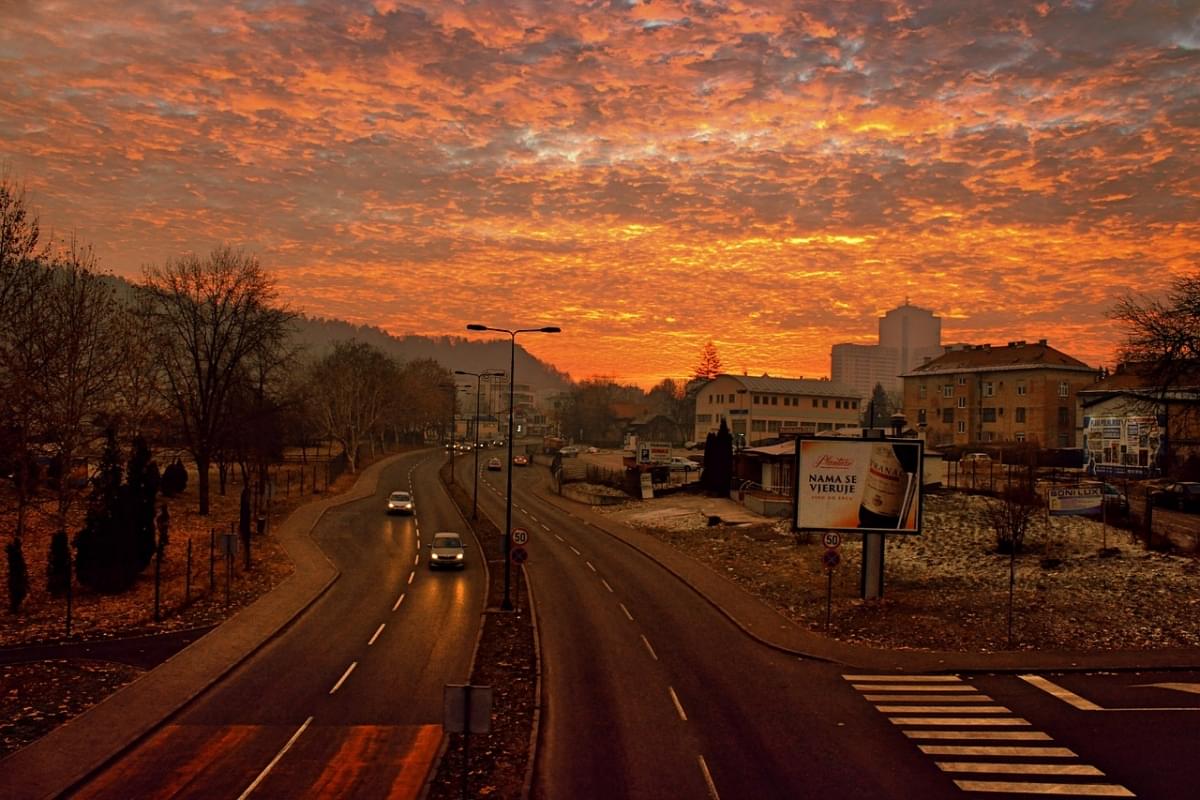 While the quality and accessibility of drinking water reach high standards, as many as 70.28, together with light pollution, only 36.46, the situation is critical for the rest of the parameters. L’air pollution is very high, the figure is 66.81. The Balkan country is dotted with numerous industrial plants, responsible for emissions of highly toxic particulate matter. One of the most afflicted cities from that problem is Tuzla, where air pollution reached the rate of 89.06.
While the quality and accessibility of drinking water reach high standards, as many as 70.28, together with light pollution, only 36.46, the situation is critical for the rest of the parameters. L’air pollution is very high, the figure is 66.81. The Balkan country is dotted with numerous industrial plants, responsible for emissions of highly toxic particulate matter. One of the most afflicted cities from that problem is Tuzla, where air pollution reached the rate of 89.06.
7 – Russia, 62.79
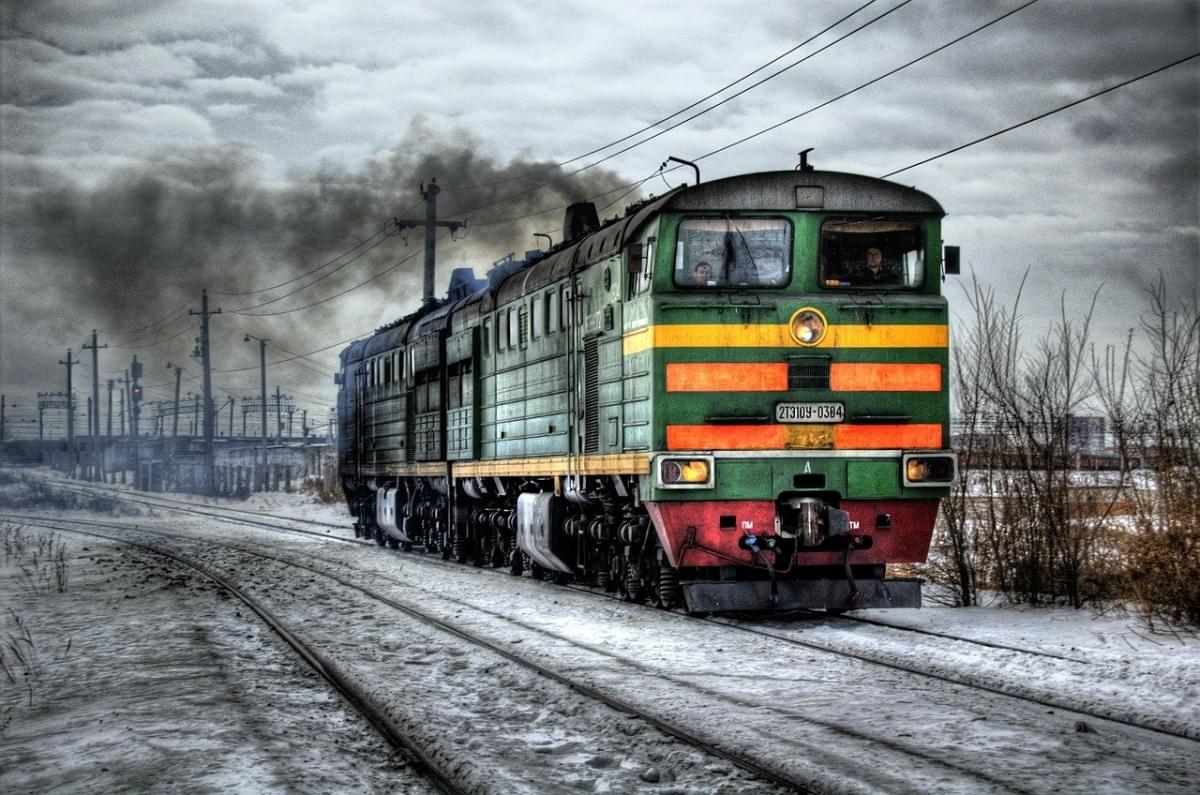 The problems related to pollution are many: the quality of the air is rather low (29.51), the pollution of the waterways makes the quality and accessibility of drinking water rather poor, while the only positive data concerns the maintenance of green areas in cities. Pollution in the country is mainly due to the presence of numerous plants that exploit fossil fuel to produce energy and the combustion of coal is the phenomenon responsible for acid rain, which pollute cultivated fields, streams and entire ecosystems.
The problems related to pollution are many: the quality of the air is rather low (29.51), the pollution of the waterways makes the quality and accessibility of drinking water rather poor, while the only positive data concerns the maintenance of green areas in cities. Pollution in the country is mainly due to the presence of numerous plants that exploit fossil fuel to produce energy and the combustion of coal is the phenomenon responsible for acid rain, which pollute cultivated fields, streams and entire ecosystems.
6 – Ukraine, 65.08
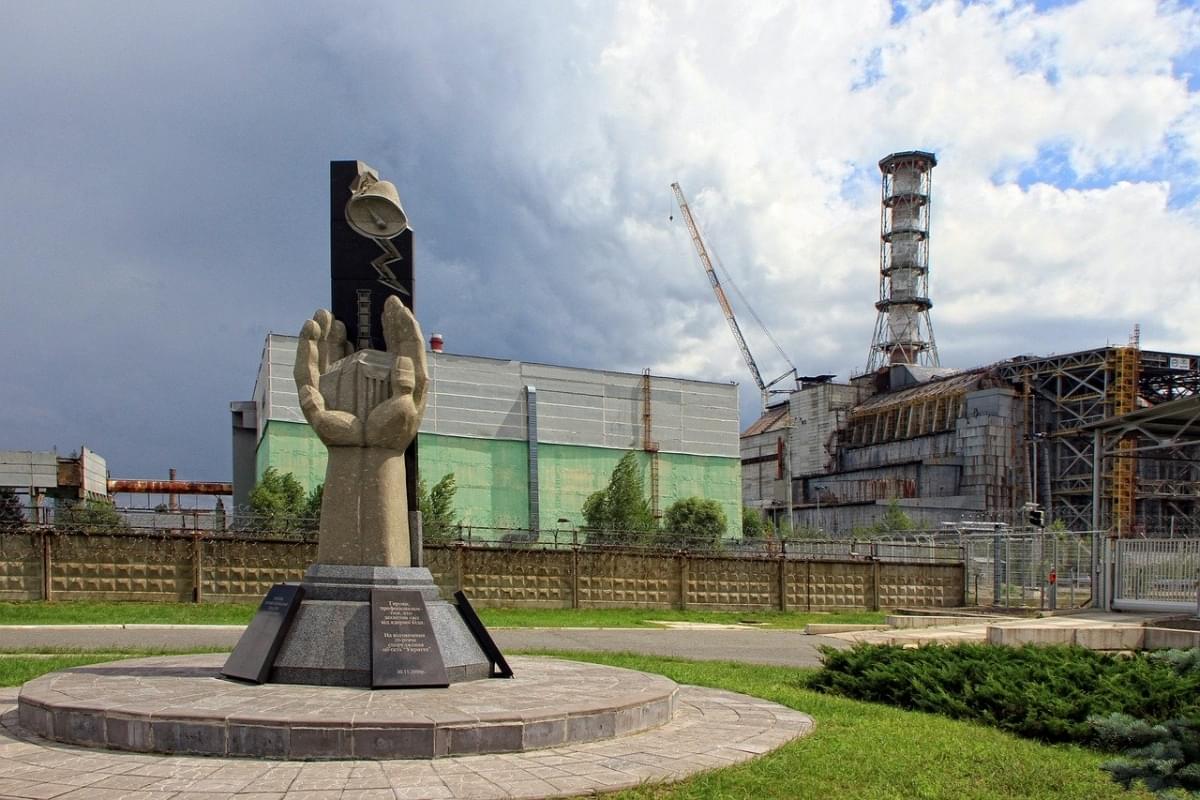 The pollution levels are very high. One of the areas most affected by this problem is certainly Chernobyl, the city it was in 1896 theater of the explosion of the nuclear complex, whose toxic consequences are still visible and recorded today.
The pollution levels are very high. One of the areas most affected by this problem is certainly Chernobyl, the city it was in 1896 theater of the explosion of the nuclear complex, whose toxic consequences are still visible and recorded today.
Water, land and air are highly contaminated and in the capital Kiev’s pollution index is very high: 66.31.
5 – Bulgaria, 65.33
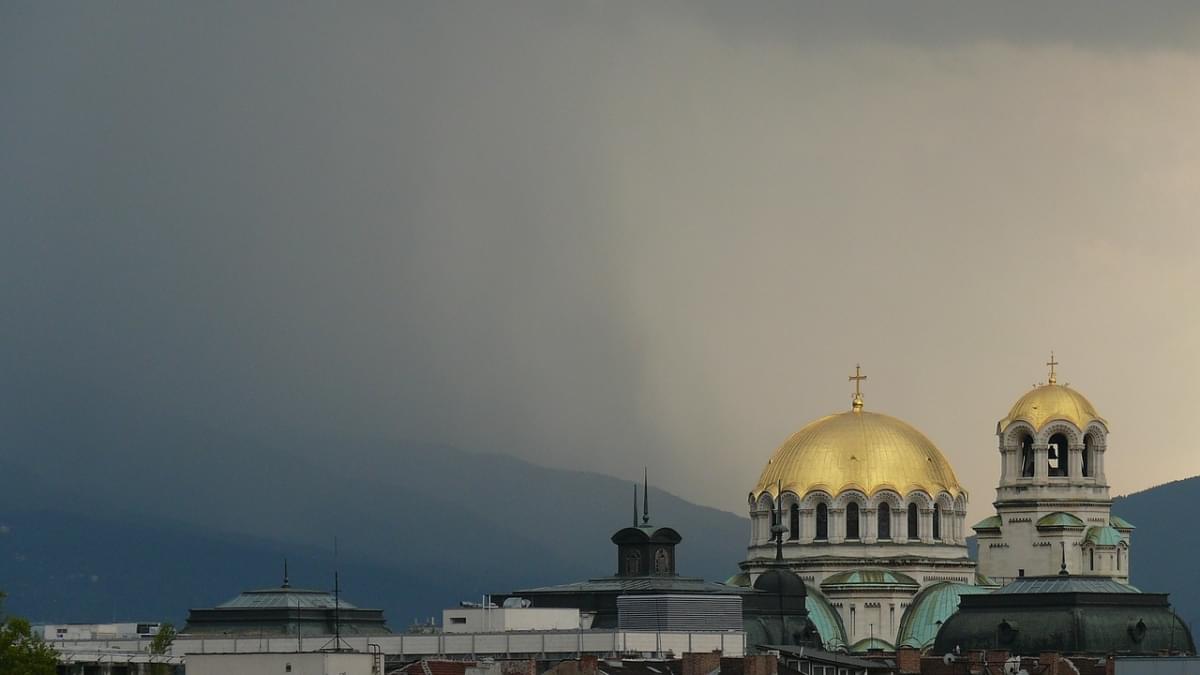 L’air pollution index is among the highest in Europe: 71.01. The presence of particulate matter every year records levels that are much higher than those established by air quality standards. The combustion of coal to produce energy is still a widespread phenomenon throughout the country, both industrially and for what concerns domestic heating. The capital, Sofia, and often shrouded in smog, which occurs in the form of a constant white fog, the air pollution level of the city is 77.05.
L’air pollution index is among the highest in Europe: 71.01. The presence of particulate matter every year records levels that are much higher than those established by air quality standards. The combustion of coal to produce energy is still a widespread phenomenon throughout the country, both industrially and for what concerns domestic heating. The capital, Sofia, and often shrouded in smog, which occurs in the form of a constant white fog, the air pollution level of the city is 77.05.
According to the World Health Organization (WHO), thepollution in Bulgaria it is one of the causes of the decrease in life expectancy of Bulgarians for a total of two years.
4 – Malta, 77.07
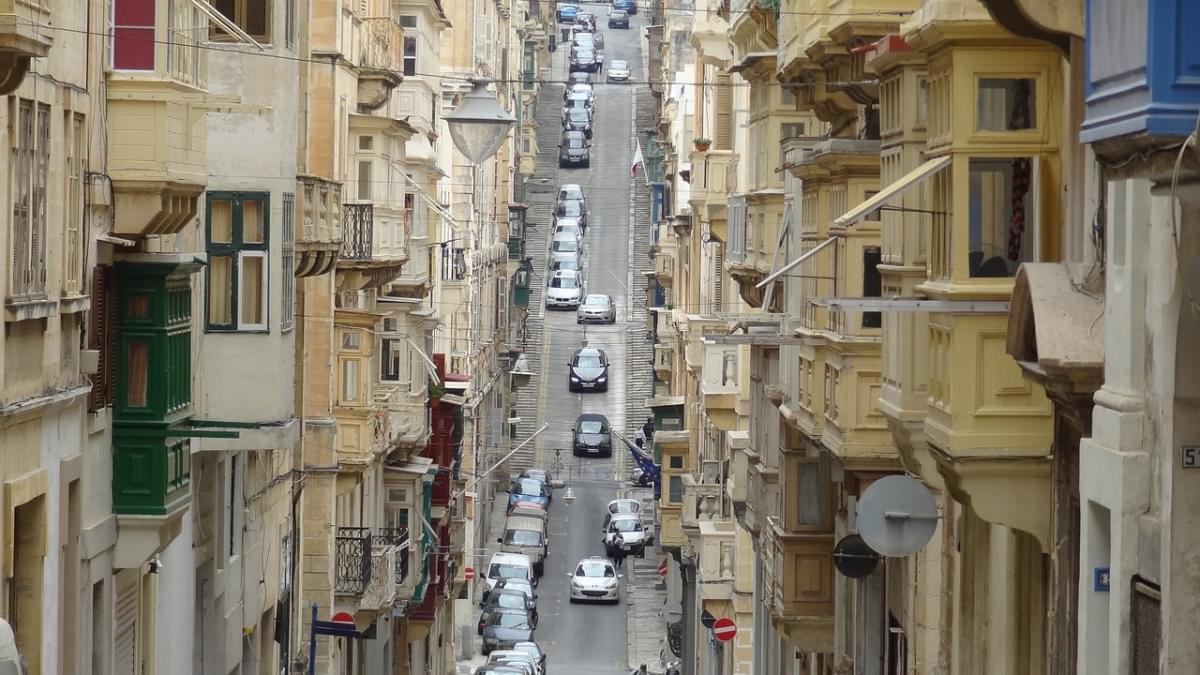 It is a small island, therefore its territorial conformation reduces the possibility for people to move from the most polluted centers to rural areas. In any case, the country registers very high levels of air and water pollution, as well as poor maintenance of green areas and parks. Among those responsible for the emissions of pollutants, we find the high presence of industries, waste disposal sites and obviously vehicles. Valletta, the capital, it is among the cities richest in smog, where the air pollution index is 75.00.
It is a small island, therefore its territorial conformation reduces the possibility for people to move from the most polluted centers to rural areas. In any case, the country registers very high levels of air and water pollution, as well as poor maintenance of green areas and parks. Among those responsible for the emissions of pollutants, we find the high presence of industries, waste disposal sites and obviously vehicles. Valletta, the capital, it is among the cities richest in smog, where the air pollution index is 75.00.
3 – Albania, 77.77
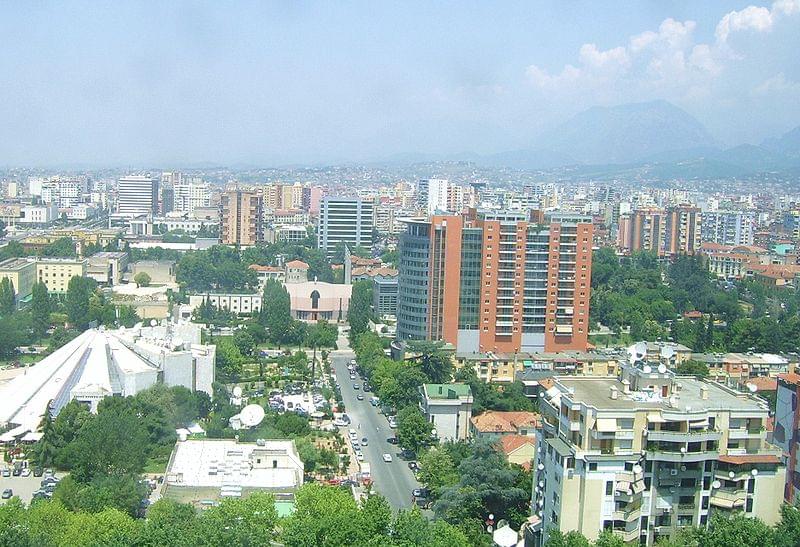 It is the country with the data among the most worrying at European level. Pollution of air, water and that due to the presence of waste reaches alarming numbers that are exacerbated in some cities; It is the case of Tirana, where is it the air is practically unbreathable, given that the pollution index has risen to 80.29 and where the quality of the water is very low, only 26.83.
It is the country with the data among the most worrying at European level. Pollution of air, water and that due to the presence of waste reaches alarming numbers that are exacerbated in some cities; It is the case of Tirana, where is it the air is practically unbreathable, given that the pollution index has risen to 80.29 and where the quality of the water is very low, only 26.83.
2 – North Macedonia, 80.23
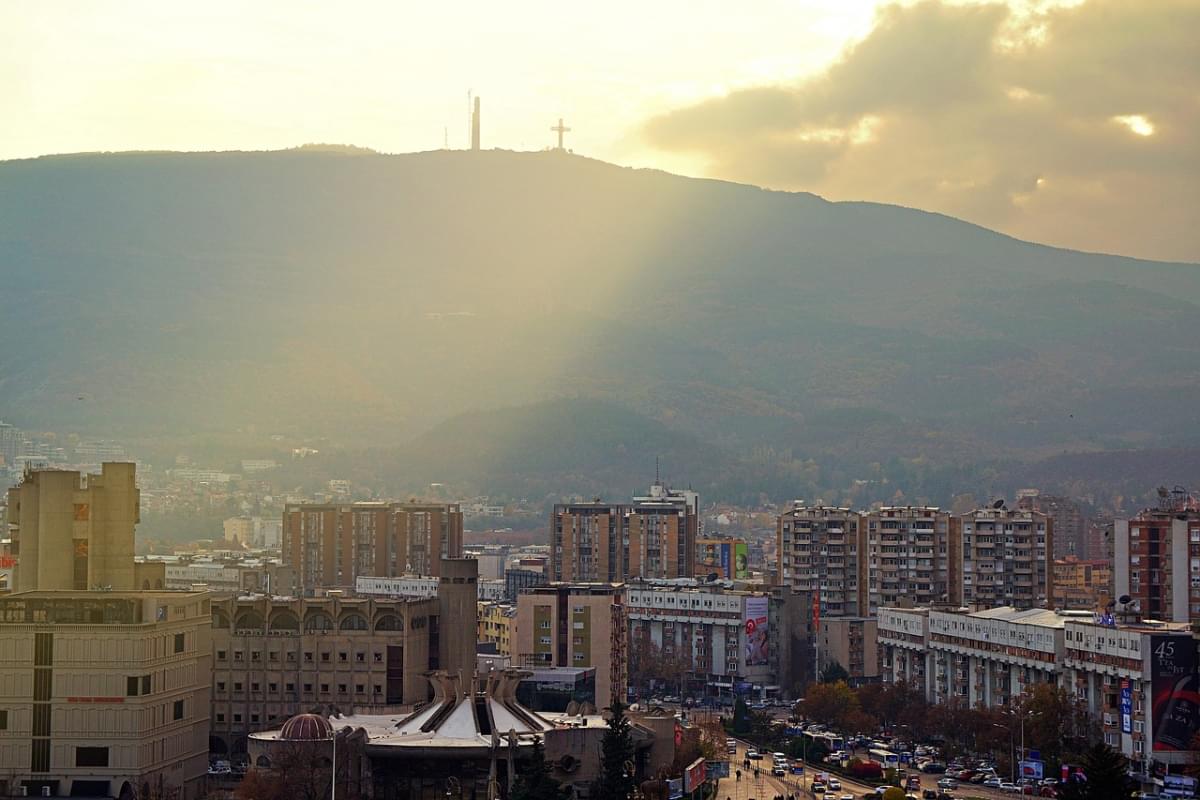 North Macedonia ranks second among the most polluted countries in Europe. The territorial conformation of some very polluted cities, such as Skopje is Tetova, located within a valley and surrounded by mountains, is certainly complicit in a situation in which the air is trapped in a haze of smog. But smog is obviously the result of human-related activities, from industrial to domestic ones. Another factor that contributes to the increase in pollution in the country is the increasing urbanization at the expense of green areas. The quality index of parks in the capital Skopje is 32.68 and that of air pollution is 89.93.
North Macedonia ranks second among the most polluted countries in Europe. The territorial conformation of some very polluted cities, such as Skopje is Tetova, located within a valley and surrounded by mountains, is certainly complicit in a situation in which the air is trapped in a haze of smog. But smog is obviously the result of human-related activities, from industrial to domestic ones. Another factor that contributes to the increase in pollution in the country is the increasing urbanization at the expense of green areas. The quality index of parks in the capital Skopje is 32.68 and that of air pollution is 89.93.
1 – Monaco, 86.83
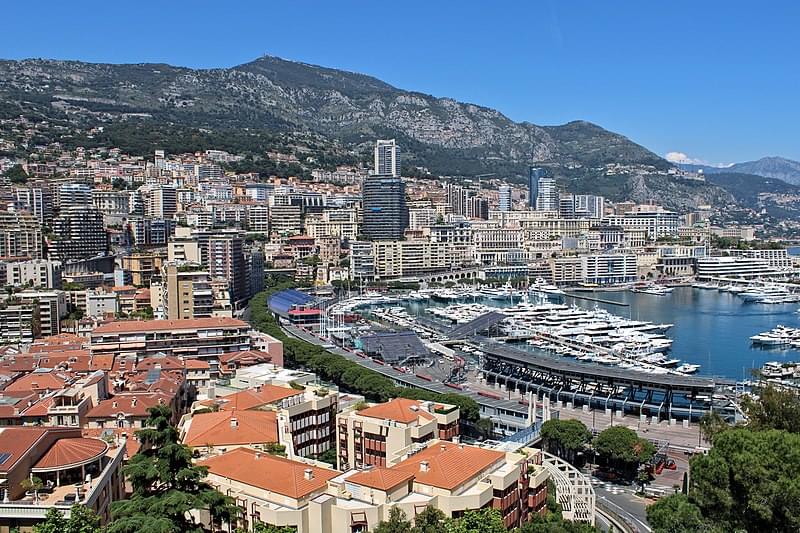 Photo by Alexander Migl. The most polluted country in Europe in 2021 is the Principality of Monaco. The reasons behind the phenomenon are due toheavy traffic and therefore the high presence of vehicles in the city, and the use of fuel oil for heating systems. At the territorial level the low wind intensity and periods of intense heat, are complicit in the tightening of these data, but the problem of air quality in cities like Munich remains very high, so much so that governments in recent times have tried to sensitize citizens to the use of public transport and to purchase of less polluting cars.
Photo by Alexander Migl. The most polluted country in Europe in 2021 is the Principality of Monaco. The reasons behind the phenomenon are due toheavy traffic and therefore the high presence of vehicles in the city, and the use of fuel oil for heating systems. At the territorial level the low wind intensity and periods of intense heat, are complicit in the tightening of these data, but the problem of air quality in cities like Munich remains very high, so much so that governments in recent times have tried to sensitize citizens to the use of public transport and to purchase of less polluting cars.
Classification criteria
The ranking is based on data collected by Numbeo on the Pollution Index. The value is the resultant of following pollution indices:
- Air quality
- Access to drinking water
- Water pollution
- Waste management
- Perception of the population on cleanliness and order
- Sound and light pollution at night
- Presence of public green
- Degree of discomfort in living in the city due to pollution
The Pollution Index, however, attributes greater weight to items concerning air and water pollution and less to other indices such as noise pollution and the degree of discomfort of the population.







